Retailers that don’t police their manufacturers’ sourcing in their supply chain can end up with as little as 15% sourcing compliance, finds Segura.
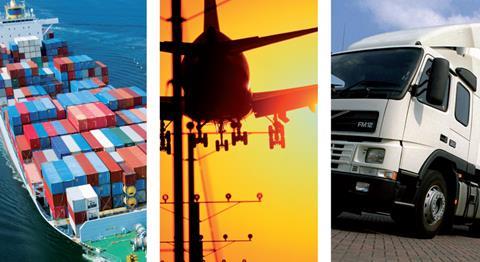
It seems incredible that in a world where we can access any information at any time from our mobile phones, it still isn’t possible to guarantee the provenance of the components of the goods we buy.
Yet the impact of not knowing is immense – ethical and environmental bad practices are allowed to thrive, inefficiencies drive up costs and elongate production cycles, and quality is compromised. Find out more.
Most brands are in the infancy of understanding their extended supply chains, and in many cases, do not recognise the scale of the problem that they have. The need to drive out costs – as well as pressure from NGOs, consumers and government legislation to improve ethical practices – is forcing that to change.
Super charge your supply chain visibility
Find out more about the implications of failing to achieve full end-to-end visibility and what you can learn from retailers who have been stung in our new white paper, produced in association with Segura. Download it here.
Recent exposés of bad ethical practices have tended to focus on Tier 1 product manufacturers – yet these are just the tip of the supply-chain iceberg and are easily visible to a brand because that is where they send their purchase orders.
In many cases these factories are really just assembling components from deeper in the supply chain – so where were the cotton, labels, buttons and thread of a shirt sourced from?
Ensuring quality and compliance
Many brands have taken the step of nominating Tier 2 component suppliers to ensure quality and compliance – requiring that manufacturers only order specific components from those suppliers.
Yet even the biggest brands can have great difficulty forcing their manufacturers to comply with this policy – if a manufacturer can order what is ostensibly the same component from another (perhaps ethically questionable) supplier at a cheaper price without risk of detection why wouldn’t they?
If a manufacturer can order what is ostensibly the same component from another (perhaps ethically questionable) supplier at a cheaper price without risk of detection why wouldn’t they?
Kosten Metreweli, Segura
For brands that use rebate with their Tier 2 suppliers – this can have the added impact of millions in rebate revenue being left on the table. Tier 2 rebate is a payment made by nominated component suppliers directly to brands, normally based on the volume of components sold to Tier 1 manufacturers, in return for guarantees of order volumes.
If the nominated supplier isn’t getting the right order volumes because manufacturers are diverting orders to unapproved suppliers, the rebate paid to the brand will be correspondingly reduced. The level of ordering compliance can be as little as 15-20%, indicating a huge opportunity to increase rebate revenue simply by enforcing the sourcing policy. Learn more here.
Visibility throughout the supply chain
The key problem here is complexity – you can’t manually ensure that every component of every product of every order you place on a manufacturer is being fulfilled from your nominated or approved suppliers perhaps several steps down the supply chain.
We think it is time all that changed. Several trailblazing retail brands are now leading the charge to use new technology to get visibility of the source and journey of every component of every product they sell, in real time, and are realising immediate financial and ethical benefits.
Kosten Metreweli, chief marketing officer, Segura

A roadmap for component ordering compliance
1. Start with a map – You can’t manage what you can’t measure. Map all of your Tier 1 manufacturers and subcontractors then move down to your Tier 2s and beyond. Consider going all the way to raw materials for high-risk components.
2. Nominate suppliers – Start to nominate suppliers for specific classes of component, extend your audit regime to cover them and communicate the policy to Tier 1 manufacturers.
3. Benchmark – If you’re already using nominated suppliers run spot checks to see what percentage of total order volumes suppliers actually receive.
4. Introduce closed-loop control – Start to trace how each order you place flows down the supply chain and ensure that component ratios are correct at every step.
5. Put a remediation plan in place – Do this with non-compliant manufacturers and be prepared to cut them loose if need be.
Retail Week Connect’s new white paper, produced in association with Segura, reveals how retailers can save millions by taking back control of their supply chain. Access it here.
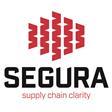





















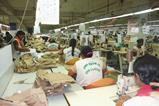

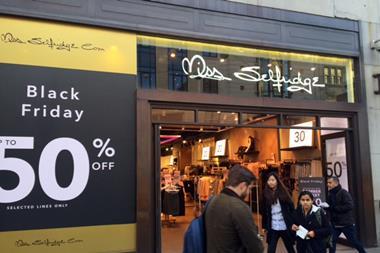

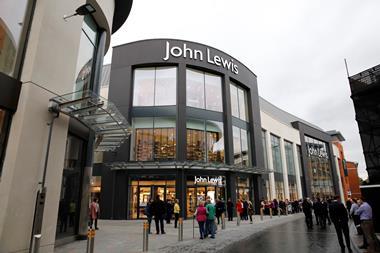
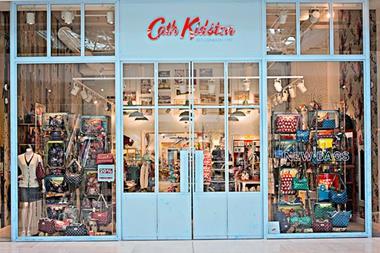
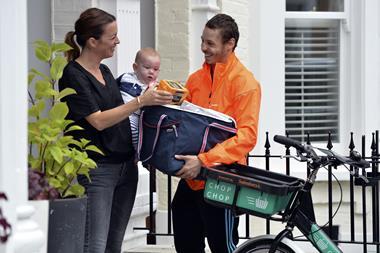
No comments yet